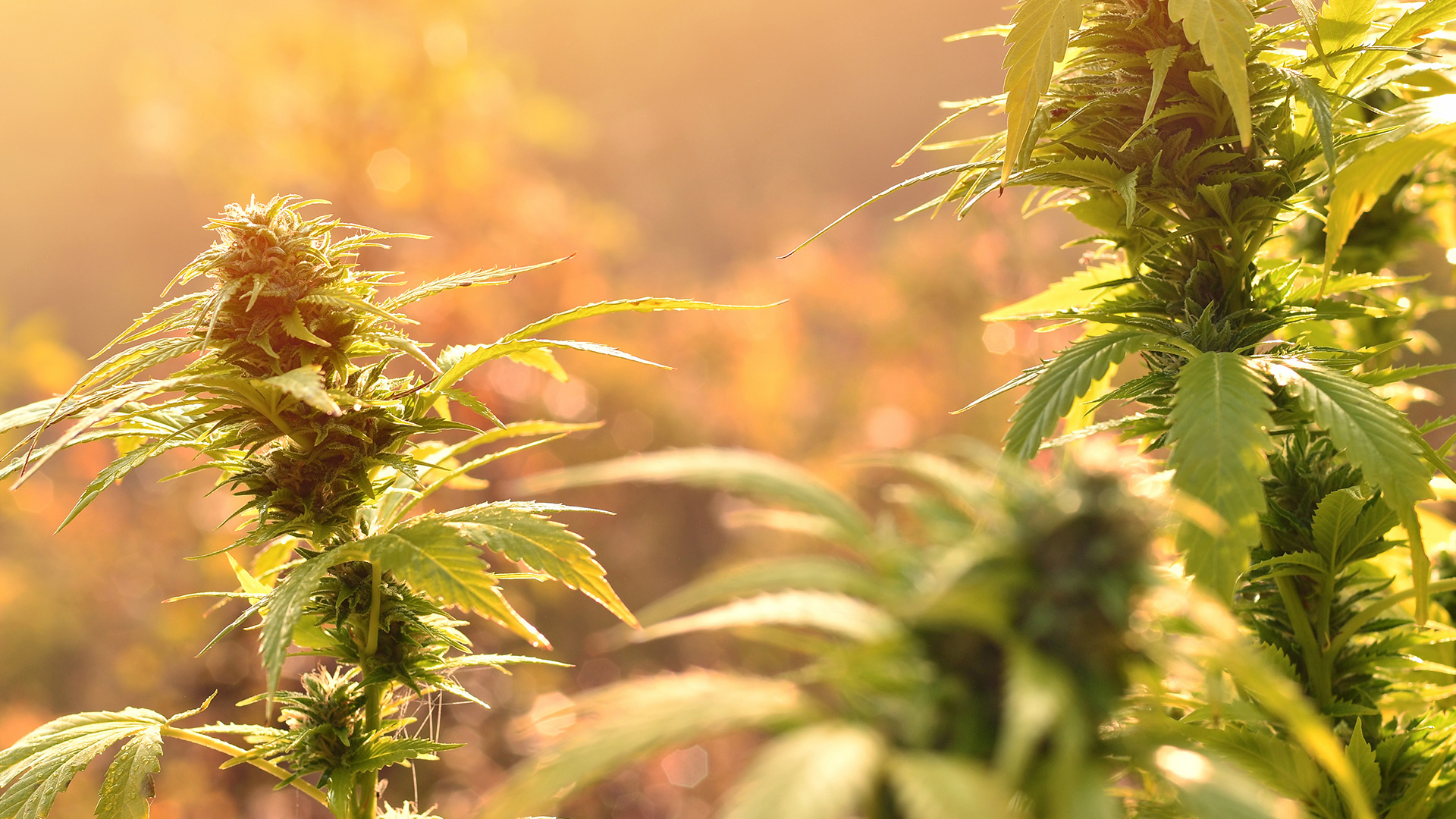Introduction
Canada has had several medical-use cannabis regimes since 2001 with the introduction of the Medical Marihuana Access Regulations. This regime was overhauled several times with the Marihuana for Medical Purposes Regulations in 2013 and finally the Access to Cannabis for Medical Purposes Regulations in 2016. These medical-use cannabis regimes created a legal exemption from the Controlled Drugs and Substances Act for certain uses of cannabis.
Eventually, cannabis was legalized for recreational use on October 17, 2018, with the coming into force of the Cannabis Act, SC 2018, c 16 (the Cannabis Act) and the Cannabis Regulations, SOR/2018-144 (the Regulations) which, among other things, entirely removed cannabis from Schedule II of the Controlled Drugs and Substances Act, SC 1996, c 19. Ancillary to the Cannabis Act and the Regulations are the Industrial Hemp Regulations, SOR/2018-145 (the IH Regulations) which regulate the production, sale and use of low-THC cultivars of the cannabis plant.
The production of cannabis is regulated federally, under the Cannabis Act, while the sale and distribution of cannabis is largely regulated by provincial and territorial legislation. Health Canada is the governmental agency responsible for administering the Cannabis Act and regulating cannabis and industrial hemp producers.
Generally, the Cannabis Act authorizes the Regulations to implement a licensing framework for the production of cannabis. It also provides for administration and enforcement powers which authorize the government to conduct activities such as, among other things, inspections, license suspensions and revocations, recalls and fines. The Regulations provide specificity to the Cannabis Act and describe in detail the different classes of licenses, authorized activities for each class of license, security requirements for production sites, production quality standards, packaging and labeling requirements, marketing and branding restrictions, record keeping and reporting requirements, import/export rules, and the medical access regime.
The IH Regulations are an increasingly important component of Canada’s cannabis regulatory regime owing to the relatively less onerous requirements relating to hemp plants and the increasing market demand for hemp-derived cannabidiol (CBD) products.
The Cannabis Act
What is cannabis?
Cannabis is defined under the Cannabis Act as “any part of a cannabis plant, including the phytocannabinoids produced by, or found in, such a plant” (e.g. tetrahydrocannabinol, the intoxicating component of cannabis also known as THC and the non-intoxicating CBD). However, non-viable cannabis seeds, stalks of the cannabis plants without any leaf, flower, seed or branch (including any fiber made from cannabis stalks) and the root of the plant are not considered cannabis within the meaning of the Cannabis Act.
The Cannabis Act only permits the production and sale of certain types of cannabis products. The currently permitted types, or classes, of cannabis that may be produced and sold are dried cannabis, cannabis oil, fresh cannabis, cannabis plants, cannabis plant seeds, edible cannabis, cannabis extracts and cannabis topicals. The Regulations further define the requirements regarding the production and sale of each class of cannabis.
General framework
Generally, the Cannabis Act has two key components:
- Prohibitions and criminal activities relating to cannabis.
- Penalties for violation and other enforcement powers.
Prohibitions and criminal activities relating to cannabis
The Cannabis Act sets the minimum age for cannabis possession at 18 years. However, provincial legislation can, and in many cases does, set a higher legal age for possession. For instance, British Columbia and Ontario have a legal age of 19, and Quebec has set the legal age for possession of cannabis at 21. The Cannabis Act also prohibits the sale, distribution and production of cannabis without an appropriate license. Penalties for non-compliance include fines up to $300,000 in certain cases and imprisonment for terms up to 14 years in the case of unauthorized production.
In addition to the above criminal offenses, the Cannabis Act provides for restrictions surrounding the promotion of cannabis. Generally, the promotion of cannabis is prohibited unless the promotion meets certain requirements that ensure that the promotion is not directed at, and cannot be accessed by minors. Promotion is also restricted to brand-related or factual informational promotion, while promotion of the effects of cannabis is not permitted.
Administrative and enforcement powers
The Cannabis Act provides Health Canada with broad enforcement powers over any person licensed to handle cannabis under the Cannabis Act or provincial legislation. Health Canada’s enforcement powers are designed to support Health Canada’s public health and safety mandate. Health Canada’s enforcement powers include the ability to force licensees to provide the government with certain information, take certain actions, inspect licensed facilities and levy fines for non-compliance. Additionally, Health Canada has the power to suspend and revoke licenses issued under the Cannabis Act in the event of non-compliance.
The Cannabis Regulations
The Regulations establish the regulatory framework for the licensing of cannabis-related activities and the production of cannabis products. In particular, the Regulations establish the different classes of cannabis licenses, and describe the activities authorized by each class of license. Additionally, the Regulations establish packaging and labeling requirements for cannabis products and establish quality control requirements pertaining to the production and handling of cannabis.
Separately, the Regulations establish a medical use and access regime which provides for an alternative production and sale framework for individuals who use cannabis under a medical authorization.
Licensing and security
The Regulations establish six classes of licenses: for cultivation, processing, analytical testing, sale, research and a cannabis drug license. Subclasses of certain licenses with less onerous requirements also exist to facilitate micro-scale operations and niche activities. Licenses attach to specific sites and may not be assigned, transferred or sold. For each class of license, the Regulations require the designation of certain key personnel such as a head of security, quality assurance person and master grower, as applicable.
As part of the licensing process, the Regulations require that certain individuals hold a security clearance such as certain key personnel, officers and directors, majority shareholders and other individuals who control the licensee.
The Regulations also prescribe physical security requirements for sites where cannabis is handled under cultivation, processing and sale licenses. Generally, the Regulations mandate video surveillance, access restrictions and intrusion detection systems for areas where cannabis is handled. There are also record keeping requirements for data generated by the security systems and procedures. Other classes of licenses, including subclasses of cultivation and processing licenses are required to meet less onerous security requirements.
Packaging and labelling
Generally, the Regulations prescribe “plain packaging” for cannabis products. For most cannabis products, there are strict limits on the use of colors, images and branding on such products and packaging. Additionally, packaging for most cannabis products must be child-resistant and tamper-evident.
Packaging for most cannabis products is required to display certain information including health warnings, information about the producer and information about the cannabis product including cannabinoid content. For edible cannabis (including beverages), the packaging is also required to contain a list of ingredients and a nutrition facts table similar to that required on non-cannabis food products.
Production standards and product requirements
The Regulations require licensees that handle cannabis to meet certain production and operating standards called Good Production Practices (GPP). Standard operating procedures must be developed and followed for the production, sampling, testing, packaging, labeling, distribution and storage of cannabis. Additionally, all cannabis sold or exported must undergo analytical testing to verify that the products do not exceed the thresholds for microbial and chemical contaminants.
Medical access
The Regulations establish the medical use and access regime for patients using cannabis with medical authorization. Unlike non-medical cannabis, licensed producers may, if their particular license permits, sell cannabis directly to patients that have medical authorization. The Regulations prescribe certain information collection and reporting requirements with respect to sales to medically authorized cannabis users.
In addition to the ability to obtain cannabis from licensed producers, medically authorized patients may produce cannabis on their own behalf or they may designate a person to produce cannabis on their behalf. A person designated to produce cannabis on behalf of a medically-authorized patient is not required to hold a license, but must register with the government and abide by other requirements in the Regulations.
Import and export
The Regulations authorize the import and export of cannabis for medical or scientific purposes only. A permit is required to import or export cannabis and any applicant for an import or export permit must hold a Canadian cannabis license. A separate import or export permit is required in respect of each shipment of cannabis.
Industrial Hemp Regulations
Industrial hemp is defined as a cannabis plant, or any part of a cannabis plant, with a concentration of THC equal to or less than 0.3 percent in the flowering heads and leaves. A license under the IH Regulations is required to cultivate, process and sell industrial hemp. Licenses for cultivation granted under the IH Regulations will authorize the cultivation of a specific variety or germplasm of industrial hemp.
The IH Regulations create a regulatory distinction between the flowering heads, leaves and branches of the hemp plant and the rest of the hemp plant. The flowering heads, leaves and branches of the hemp plant may only be sold to the holder of an industrial hemp license or a license granted under the Cannabis Act. The remainder of the plant (for example the grain and the stalks) may be processed and sold by a holder of an industrial hemp license into the general market. The effect of the IH Regulations is that the portion of the industrial hemp plant that contains cannabinoids such as CBD are treated as cannabis and can only be sold into the regulated cannabis market by a holder licensed under the Cannabis Act to do so. The remainder of the industrial hemp plant is not considered cannabis and can be processed into products such as hemp seed, oil, and fiber and sold outside of the cannabis regulatory regime.
The IH Regulations do not prescribe physical security requirements for the handling of industrial hemp, and industrial hemp license holders are not required to hold security clearance. However, there are record keeping and reporting requirements for industrial hemp license holders.
Similar to the import and export regime for cannabis, the IH Regulations allow for the import and export of industrial hemp products. An import or export permit is required in respect of each shipment of industrial hemp that will be imported or exported.
Retail sale of cannabis
Except for the sale of cannabis to medically-authorized cannabis users, federally licensed cannabis cultivators and processors are not permitted to sell cannabis to retail consumers. Each province and territory has a separate regulatory regime for the retail sale of cannabis. In some jurisdictions, the retail sale of cannabis is only permitted in government-run outlets. In other jurisdictions, private retailers are permitted to operate under license from the local jurisdiction. Most jurisdictions require all federal license holders to sell cannabis products to government-run cannabis wholesalers, although as of late 2019, one of Canada’s largest jurisdictions is considering allowing private wholesale of cannabis products.


